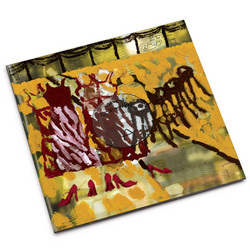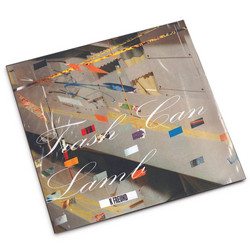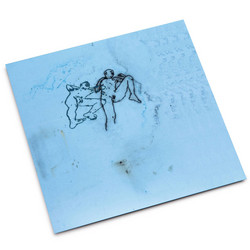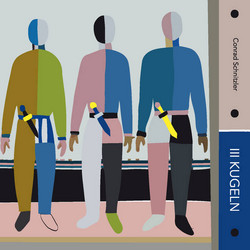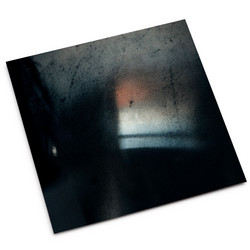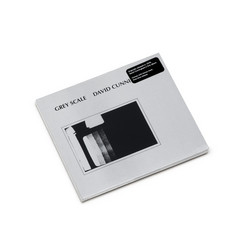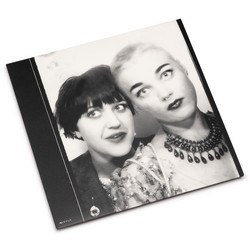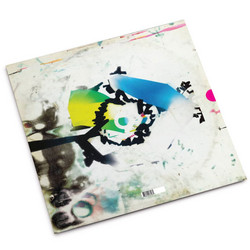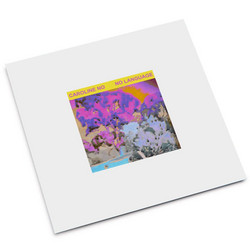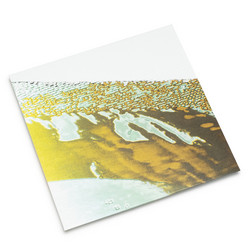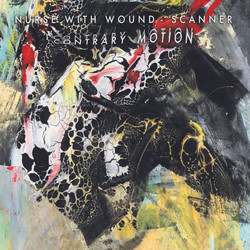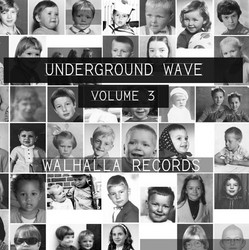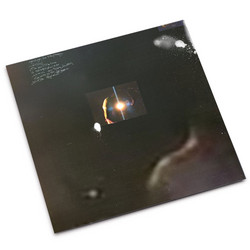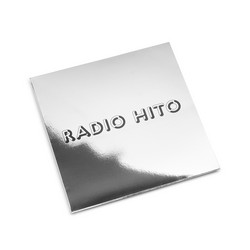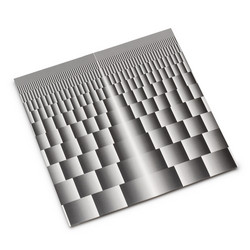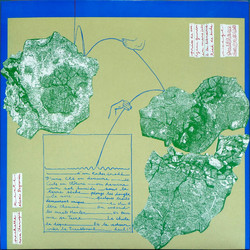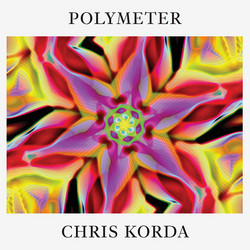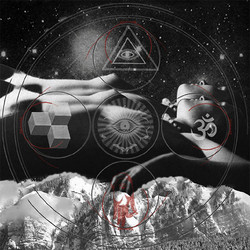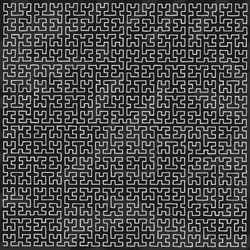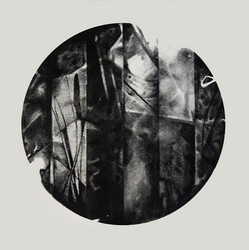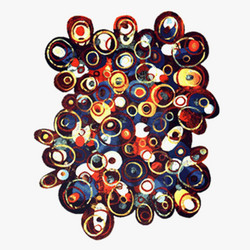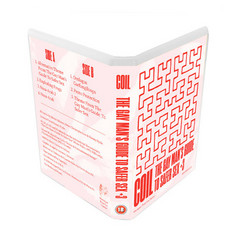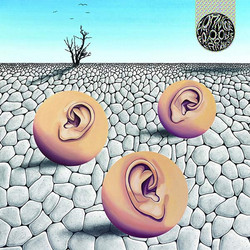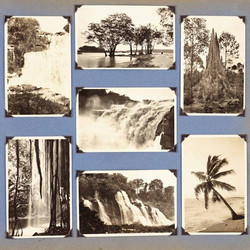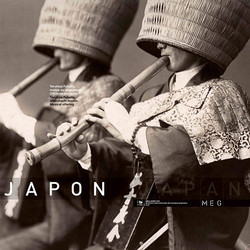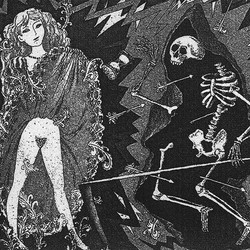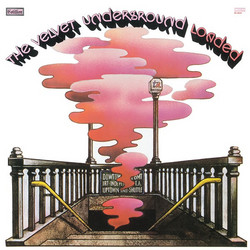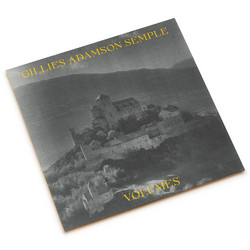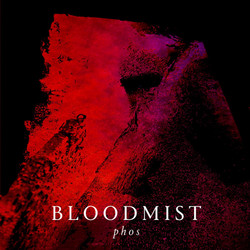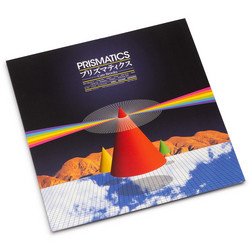2016 release ** Co-published by the prestigious Museum of Ethnography of Geneva and swiss renowned swiss Mental Groove Records, this second album entitled Chambre Sonore (Sonic Chamber) continues a new series of CDs devoted to contemporary compositions sourced from the monumental audio archives of the Museum. Julien Perez is a singer, songwriter and musician working at the edge of music industry and contemporary art. Since 2012 he records in french under the PEREZ moniker for Dirty (Pilooski, Dirty Soundsystem) and Barclay, mixing pop songwriting, electronics and narrative codes. He has also collaborated Saâdane Afif, Benoit Maire, Ange Leccia, Feiko Beckers, Julien Magre or Tony Regazzoni and likes to bring his sound to new places that are usually not accustomed to it, generating new interpretations. "The musical pieces of Chambre Sonore have been created from ethnographic recordings to which I have added sonic treatments usually used to electronic and pop music like delay, reverb, pitch shift, editing or superposition… By nature, an ethnographic recording is valuable as an archive, one listen to it as part of a whole collection aimed to witness in the most exhaustive and precise way the specificities of a musical culture. Here, the 12 short musical pieces of Chambre Sonore, used in the video installation of Ange Leccia, are more likely intended to make the visitor aware of the incredible diversity of sonic textures that draw the musical map of our world, by allowing him to ear a (short) anthology of the most noticeable ones. Also by allowing oneself connections between various sonic textures, it also suggests that a formal dialog can exists between different aesthetic communities, chronologically or geographically remote."

